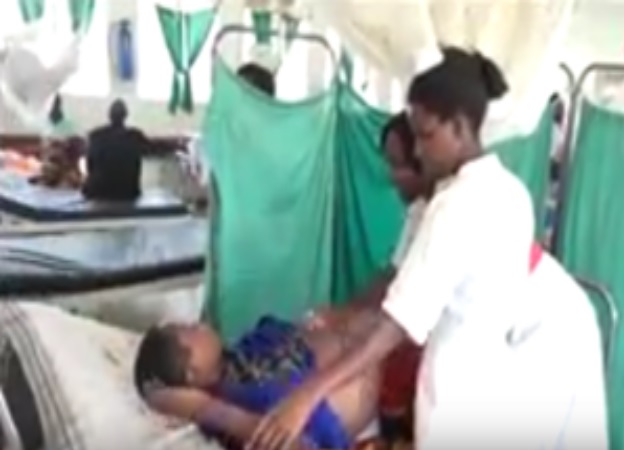According to the Annual Health Sector Performance Report for 2014/2015, Uganda had a total work force of 81,092 health workers. Of these 4,811 Doctors, 3,993 General Practitioners and 55,206 Nurses. However, there was still a deficit of health workers in the country. For every 24,000 patients in Uganda, there was one doctor according to the World Health Organization. It would only take training, recruitment, and retention of health workers to address this problem. “What is happening globally, is that there is a big shortage of health workers. It is estimated that up to 2030, there is a deficit of 40 million health workers globally. And out of those; 18 million will be here in low-income countries like Uganda.” Said, Prof. Francis Omaswa – Executive Director, ACHEST.
Going forward, the government started an E-learning program where serving health workers especially those working upcountry would be able to study and twin online without leaving the workstations. The project targeted health workers that were currently manning health center II’s and III’s to improve their skills and empower them to handle complicated cases. “We are well aware that in Uganda we don’t have enough healthcare practitioners and one of the biggest issues we have as a country is the infant mortality. So it was a way for us to partner with an NGO like Amreth that has a lot of experience doing this to make sure that we would increase the number of health workers in a sustainable way through the E-learning program.” Said, Sam Mbowa – Executive Director, GSK.
Working with other stakeholders, the government was to provide laptops and internet services to the selected health workers who would use these facilities or regular training sessions in their fields or specialization. To the government, there was optimism that the venture would boost the skills of the workers and encourage many of them to stay on their jobs in this crucial sector. “Most community health workers, a lot of times they are women who have their own families, they are busy, their children can get sick, they have other responsibilities at home. So the E-learning methodology actually came to us because it allowed for flexibility, its adult education, so a person can do the courses in their own time either in the evening or early morning.” “This student continues to work in her health facility and she continues with her classes. She is not like this full-time student who just comes to school and most of the times she is in the school and now she has to leave the health facility and then go to the school.” Said, Burrenyi Harriet – Senior Midwifery Tutor, KSCN. “If laptops were a bit subsidized, some of the ICT materials if they could be subsidized to enable each student to at least acquire one or buy one.” Said, Thereza Twesigomwe – Senior Nursing Officer.
Three districts; Kisoro, Kabale, and Kanungu were selected as pilot centers for this E-learning project. These districts however, faced challenges of an unreliable power supply and limited internet coverage. These could affect the implementation of the project. “We are not so concerned that each particular area may not have the technology around the particular clinic, the biggest gap that we face is the fact that there are not enough health workers.”

